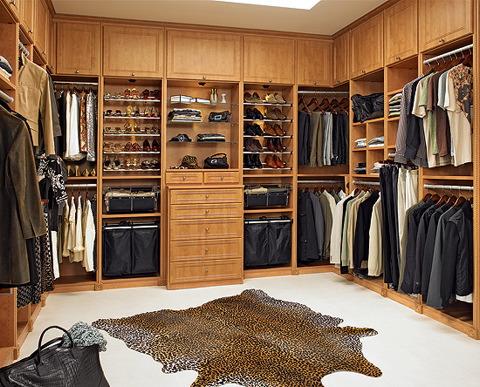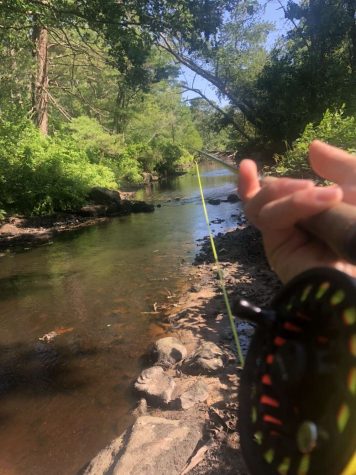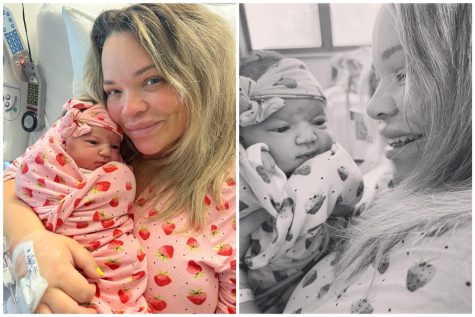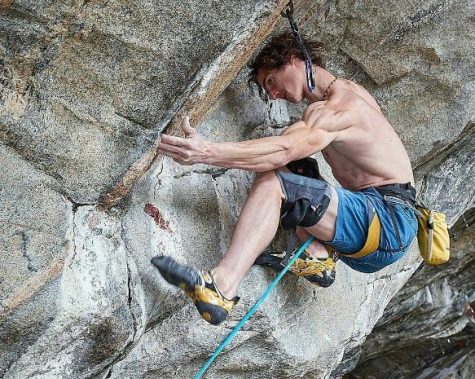Closet optimization

Clothing defines who you are as a person. It shows the kind of life that we live, what types of activities we enjoy, where we spend our time, and whom we spend our time with.
It only makes sense that the space where we store our clothing and accessories mirrors our daily lives. With the hustle and bustle of waking up each morning, getting ready for work or school, or even both, we are rushing to throw an outfit together that will most likely define our day. It would be so much easier to have a coordinated closet space to make getting ready an easier task.
A color wheel will indeed help in organizing clothes. This is one tip to never forget. A closet looks that much more cleaned up when each item is divided into color before being broken up by what type of top or bottom it is and the style and fit of it. Not to mention, it’s so simple to pick whatever color you may be wanting to wear on that particular day, and then choose what type of shirt, sweater, or jacket you would like right from your closet.
It doesn’t matter which color you start with, as long as you continue around the circle after you choose that color. My suggestion is that you start with white and work your way around the color wheel, and then end with grays and blacks.
Having your sweaters coordinated by style, fit, and color is a functional way of finding things easier without having to sort through piles of clothes. I am a big sweater wearer, and wear one at least five days each week. I suggest that you fold each sweater, not hang it, as the sweater can stretch and become stiff, and put it away in a dresser drawer.
The entire dresser in my bedroom is filled with sweaters. Although they fill each drawer to the top, they are each organized by color, then style, and fit. The color wheel comes in handy here. First I start with the white/cream sweaters, work my way around the color wheel until I have my final black sweater tucked away neatly. The V-neck sweaters have their own drawer. The crew neck, cardigan, and ¼ zip sweaters are together, but in that particular order after color.
All collared shirts, button downs, and flannels are best if hung up in a closet. This way they stay wrinkle-free so you won’t have to do any early morning ironing. Not to mention, dressier clothes are often more expensive, and should be cared for more than a basic tee. The shirts with just a collar come first in my closet, as they are mostly all short sleeve. Then I have my button downs followed by my flannels all the way to the right. Of course everything is color coordinated. On a shirt that may be plaid or striped, the majority color on the shirt would be used for the color separating.
The t-shirts are also folded away because they take up too much room hung up in the closet. The T-shirts are folded and divided into two piles. One being around the house and beach tees, and the other being wearable tees to wear out in public under a flannel or cardigan. The graphic tees, basic one-color tees, and V-necks are mixed in between the two piles depending on the look. They are then separated by color.
Some people are more pant-obsessed than others. I am not really a pant person, and don’t mind folding my jeans and pants. It is most efficient to fold them by fit (boot-cut, regular, slim, flair, skinny), and then by the wash. With jeans I go dark to light, as I wear my lighter jeans most often, so they are on the top.
I have seen many people that hang their khakis, corduroys, and jeans as it will help keep them from wrinkling. You can half fold them over a regular shirt hanger, or purchase the pant hangers themselves. The regular shirt hanger is a cheaper option.
Jackets can either be hung in your bedroom closet, or a coat closet that you may have. They should be separated by color, season, and style.
Lastly, what is most important to many is the shoe portion. Lots of us have a slight problem when it comes to owning shoes. This could make the organizing process more difficult.
First, separate your shoes into different piles. Start with your slippers, flip flops, and sandals. Then move onto sneakers. After that, create another pile with boat shoes and your dressier shoes. Your final pile should consist of both dressy and casual boots. After you have your shoes separated into these piles, separate them by shoe style and fit, and lastly by color.
Hopefully these organizational tips help you out and you get the feel that you are shopping in a store each morning as you are getting ready for the day.






